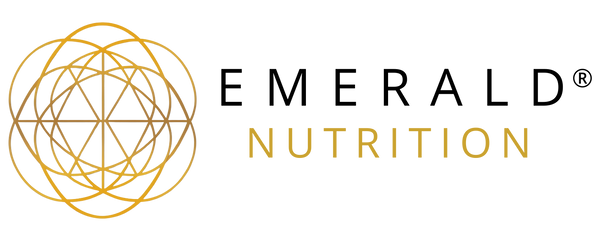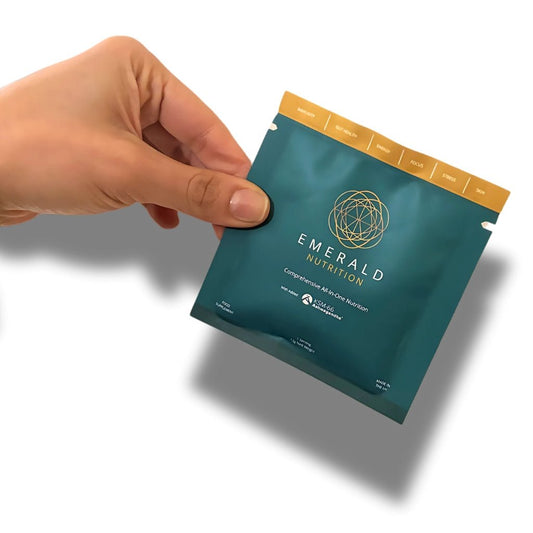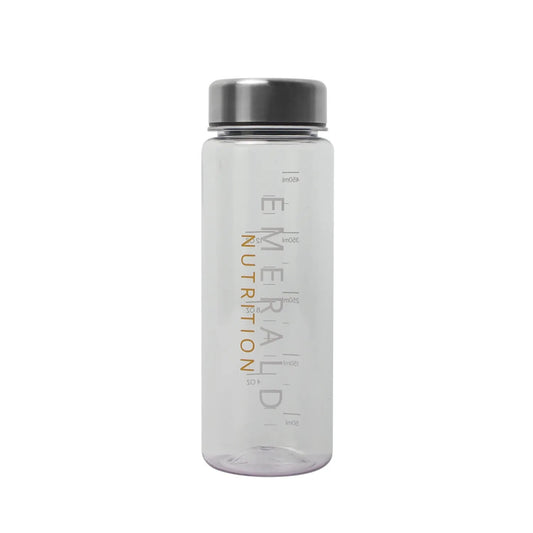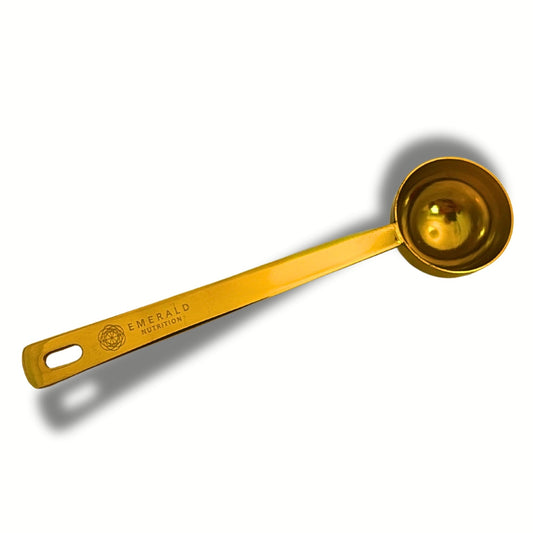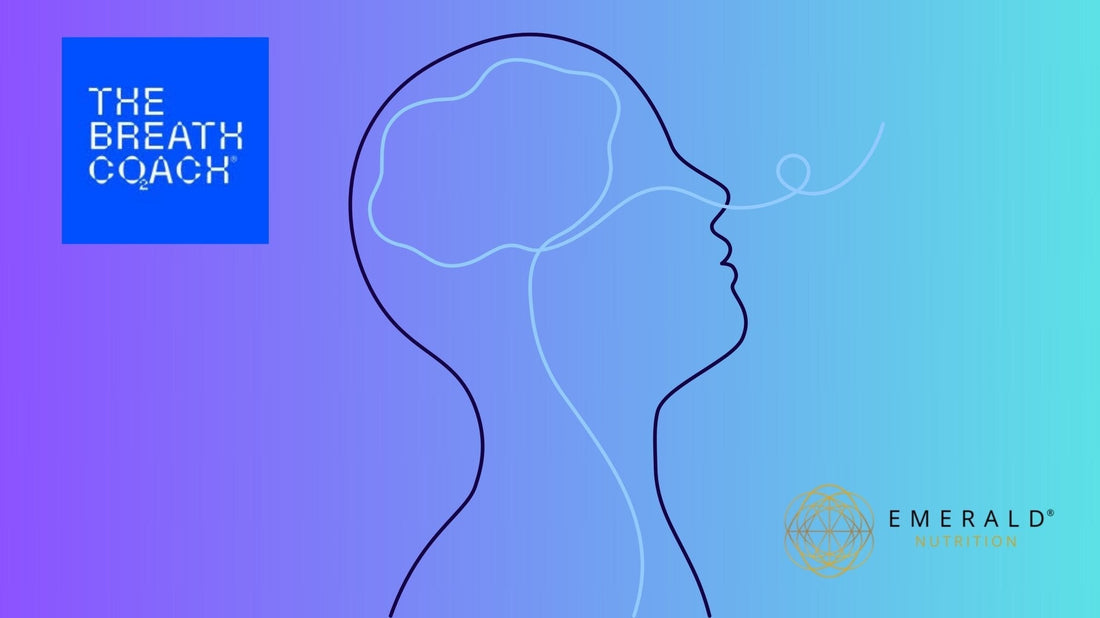
Unlock Your Potential with Breathwork: Insights from The Breath Coach
Julia BłoszykShare
The very first thing you do when entering this world is breathe. And the last thing you do before leaving it? Breathe. From your first breath as a newborn to your final exhale, breathing is the thread that holds your life together. But what about everything in between?
At Emerald Nutrition, we recently collaborated with Thomas Hague – The Breath Coach, to dive deep into the world of breathwork. We explored what it is, why it's so powerful, who it benefits, and how simple, practical breathing hacks can help you find calm amid the chaos of everyday life.


What Is Breathwork?
breathwork is something that everyone is in possession of and can utilize - a tool to shift states at any time, resulting in improved performance, sleep, reduce anxiety and stress – it’s foundational to health
Breathwork is not some elite performance trick or mystical ritual. It’s something everyone already has within them – an invisible, powerful tool to help shift your internal state at any moment.
Thomas describes breathwork as a “modality that can be adjusted, to suit you like an invisible tool – like an armour you carry around that gives you the possibility to balance the nervous system. To bring calm in within the chaos, and to upregulate when you need it.” It's accessible at any time to balance the nervous system, regulate emotions, and boost performance. Whether you're an athlete looking for an edge or a busy parent juggling stress, breathwork offers a return to functionality – a way of breathing that supports both body and mind.
It’s not just about “taking deep breaths.” Breathwork teaches you to breathe better – breathing functionally.

Why Is Breathwork Important?
Let’s face it: most of us aren’t breathing properly. In our fast-paced, screen-dominated lives, we’ve unconsciously adopted dysfunctional breathing patterns – shallow chest breathing, mouth breathing, rapid inhales – all of which send stress signals to the body.
This keeps many of us in a chronic state of fight-or-flight, flooding the body with stress hormones and draining our energy.
Breathwork brings us back to awareness. It shows us how to shift from anxiety to calm, or rev up our focus when we need it most. Understanding your own physiology and learning to harness your breath can reconnect you to your senses – and to life itself.
Breathwork is a tool, we already have inside us, which is to be used by people to bring them back to the human senses, pulling them away from being trapped in the fast-paced life.

What Benefits Can Breathwork Give You?
Thomas knows the power of breathwork firsthand. Having once struggled with anxiety, sleeplessness, and social discomfort, he found that working with the breath helped him transition from surviving to thriving – not just in general wellbeing, but in high performance, too.
Some key benefits of breathwork include:
Reduced Anxiety & Stress
Most people take around 12–20 breaths per minute – far more than needed. This leads to over-breathing, which disrupts the balance of oxygen and carbon dioxide in the body. Surprisingly, it’s the CO₂ that triggers anxious feelings, not a lack of oxygen.
By slowing breathing to around 6 breaths per minute, and extending the exhale, we signal safety to the brain. This improves CO₂ tolerance, reduces anxiety, and promotes a calm, focused state.
Improved Sleep & Recovery
Deep, slow breathing at night improves sleep quality. Athletes and high performers often overlook recovery – breathwork can activate the parasympathetic nervous system, enhancing repair and deep rest.
Enhanced Athletic Performance
Many athletes get the feedback for their form, their schedule, family life, nutrition, sleep habits, and exercise program. Functional breathing is like a missing link which can be a game-changer in sports performance. Many athletes overtrain but under-breathe. Breathwork improves CO₂ tolerance, respiratory strength, and sleep – all critical for high-level output.
Mental Focus & Emotional Balance
Conscious breathing improves cognitive clarity and builds emotional resilience. Whether you’re preparing for a big presentation or just received a stressful email, or need to manage other daily stresses, breathwork helps regulate energy and mindset.

Breathwork – Quick Tips and Hacks
You don’t need an expensive course to begin – here are some accessible ways to integrate breathwork into your life:
Start with Nasal Breathing
Mouth breathing triggers the body’s stress response. Instead, keep your mouth closed as much as possible and breathe through the nose, which filters, warms, and moistens the air – plus increases nitric oxide (a vasodilator that enhances oxygen delivery).
Understand Your Body
Become aware of your breathing mechanics: Is your breath shallow and chest-based or deep into the diaphragm? Build your awareness – “with awareness comes choice.”
Try the BOLT Test
The Body Oxygen Level Test helps assess your CO₂ tolerance. The goal? Build up to a 40+ second breath hold for better nervous system control and resilience.

Extend the Exhale
Longer exhales increase CO₂ retention, helping the brain adapt and reduce feelings of suffocation or anxiety. Try humming (which also boosts nitric oxide) to naturally lengthen your breath.
Simple Bedtime Practice
Before bed (or anytime you're stressed), try this:
- Sit or lie down, close your eyes.
- Close your mouth, breathe slowly through the nose.
- Visualise your diaphragm expanding.
- Hum “ommm” as you exhale for 2–5 minutes.
- Aim to reduce your breath rate to 6 breaths per minute.
This simple routine downregulates the nervous system, calms the mind, and prepares the body for deep rest.

How can we find more information?
There are plenty of ways to dive deeper into breathwork and start your own journey toward better breathing, reduced stress, and improved performance. Whether you’re just getting curious or looking to immerse yourself in advanced practices, here’s how to connect:
Visit the Website
Head to thebreathcoach.co.uk for insights, resources, and details on available programmes from Thomas Hague.
Explore the Breathing Playlist on Spotify
Enhance your practice with audio experiences designed to support different breathwork techniques and states of mind. Search "The Breath Coach" on Spotify.
Join an Event or Seminar
Thomas regularly hosts in-person workshops, seminars, and retreats that offer hands-on guidance and the chance to connect with a community of like-minded individuals.
Book a Free 15-Minute Consultation
Unsure where to begin? Schedule a complimentary consultation to assess where you’re at and where you’d like your breathwork journey to go.
Stay Connected Online
Follow Thomas on LinkedIn, Instagram, or reach out via email through the website to stay up to date with new content, events, and tools.
Final Thoughts: Breath as the Foundation of Health
We breathe over 8.7 million times a year – why not make each one count?
Functional breathing is a foundational pillar of health, alongside nutrition, mindset, and movement. Yet, no one hands us a manual on how to use it.
Whether you’re a triathlete chasing performance gains or a student needing help with focus, the breath can be your most reliable tool. With the right education and practice, you can shift your internal state, improve resilience, and bring yourself back into balance – anytime, anywhere.
As Thomas says:
“When you control your breath, you can control your state – and once you control your state, you can shape your life.”
At Emerald Nutrition, we’re proud to support holistic health tools like breathwork, along with optimal nutrition and supplementation, to help people unlock their full potential – physically, mentally and emotionally.
